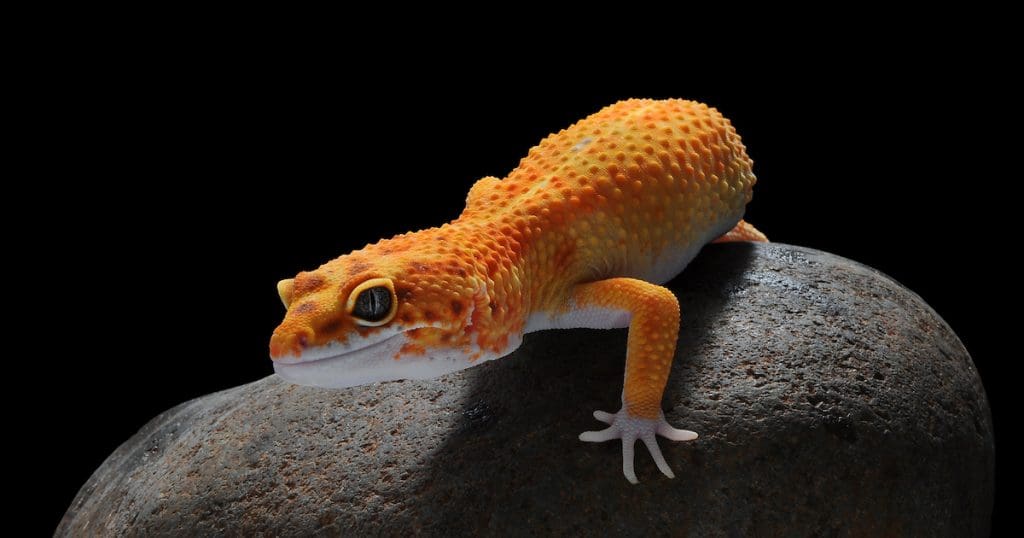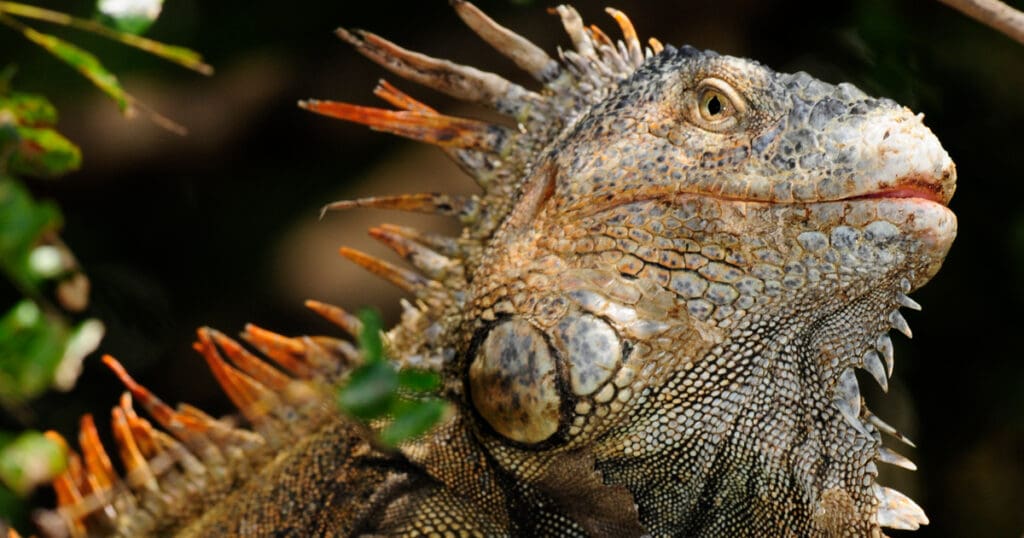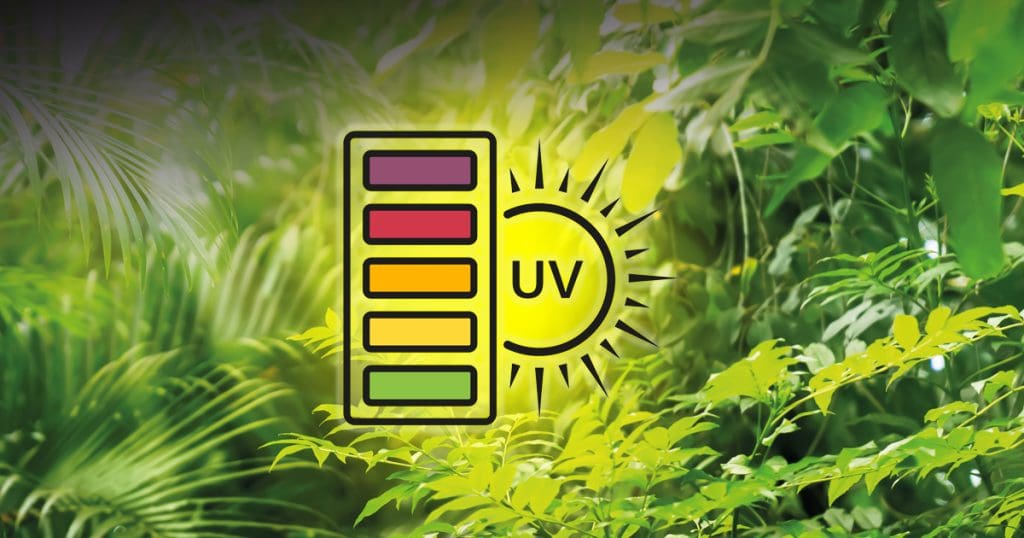
Lighting
Emmanuel Van Heygen
The Sun is the Earth’s light source, providing visible light, heat, and the essential energy for biological activities. The sun’s energy is indispensable, as it fuels all life forms on our planet. In its absence, the Earth would rapidly dissipate its energy, leading to the extinction of all life forms.
Reptiles & amphibians offer a unique glimpse into the complexities of nature. As our understanding of them deepens, there’s a growing realization in the world of herpetoculture – to cater to their needs truly, we must look to their natural habitats. We find the blueprint for their well-being in the dense forests, arid deserts, and rugged landscapes. This approach isn’t just about mimicking their environment; it’s about capturing the essence of their wild existence, about ‘Make Your Reptiles Feel at Home‘.
The comprehensive spectrum of natural sunlight, encompassing ultraviolet to infrared, is not just a contextual backdrop but is integral to their existence. Administering the appropriate spectrum and light intensity, including UV-B and Far Infrared (IR-C), is not a dispensable luxury but a prerequisite. It is instrumental in catalyzing their well-being, facilitating vitamin D3 synthesis – essential for calcium absorption – and promoting holistic organ function, vitality, and immune response. Moreover, the proper lighting awakens their world in color, enhancing their visual experience.
Within herpetoculture, certain misconceptions have occasionally clouded our understanding. Many amphibians, including frogs, yield tangible benefits from exposure to UV-B radiation. Although their solar interaction might not be as conspicuous as in some reptiles, they unequivocally harness UV-B radiation for diverse physiological functions.
Species previously classified as ‘nocturnal’ were often deprived of indispensable full-spectrum UV-B illumination. Subsequent to nuanced observations, it has become clear that species such as the leopard and crested gecko exhibit crepuscular behavior, becoming active in the subdued luminosity of dawn and dusk.
Solar energy pierces through even within the dimly lit habitats of reptiles and amphibians, establishing pockets of ultraviolet zones. How daylight infiltrates rock crevices or illuminates the forest floor demonstrates the evolutionary adaptations of these animals in harnessing this energy. Their behaviors, ranging from selective basking to sheltering, reveal sophisticated tactics refined over millennia. These behaviors are not rudimentary routines but elaborate biological responses activating essential physiological processes.
While many species get incidental exposure to ultraviolet rays, we’ve identified four distinct UV Index exposure zones within the diverse world of reptiles & amphibians:

The UV Index Zones signify the upper limits of exposure, serving as essential guidelines for configuring terrariums. It is imperative to establish gradients within the terrarium, ensuring that these maximum UV Index values are exclusively designated to basking spots. These readings must not surpass the stipulated values within any potential dwelling or basking areas inside the terrarium, safeguarding the inhabitants’ wellbeing. Offering a variety of exposure levels within reach of the housed animals is vital, but under no circumstances should higher values be accessible to them. This cautious arrangement is crucial for maintaining a balanced and safe environment, allowing the animals to regulate their exposure according to their individual needs, thereby promoting healthier and more natural behaviors within the controlled habitat.
In our quest for responsible herpetoculture, we’re not just providing for reptiles & amphibians; we’re reconnecting them to the wild environment from which they originated. It’s a journey of respect, understanding, and profound admiration for these incredible beings.

The Adaptive Luminary - The Eastern Bearded Dragon (Pogona barbata) basking in direct sunlight
Emmanuel Van Heygen
“While many species get incidental exposure to ultraviolet rays, we’ve identified four distinct UV Index exposure zones within the diverse world of reptiles & amphibians…”


Painted Reed Frog (Hyperolius marmoratus) exposed to direct sunlight for a prelonged period in the Okavango Delta (Botswana)


A true Solar Champion, the Chuckwalla (Sauromalus ater). They inhabit the Sonoran and Mojave Deserts of the Southwestern United States and northwestern Mexico.
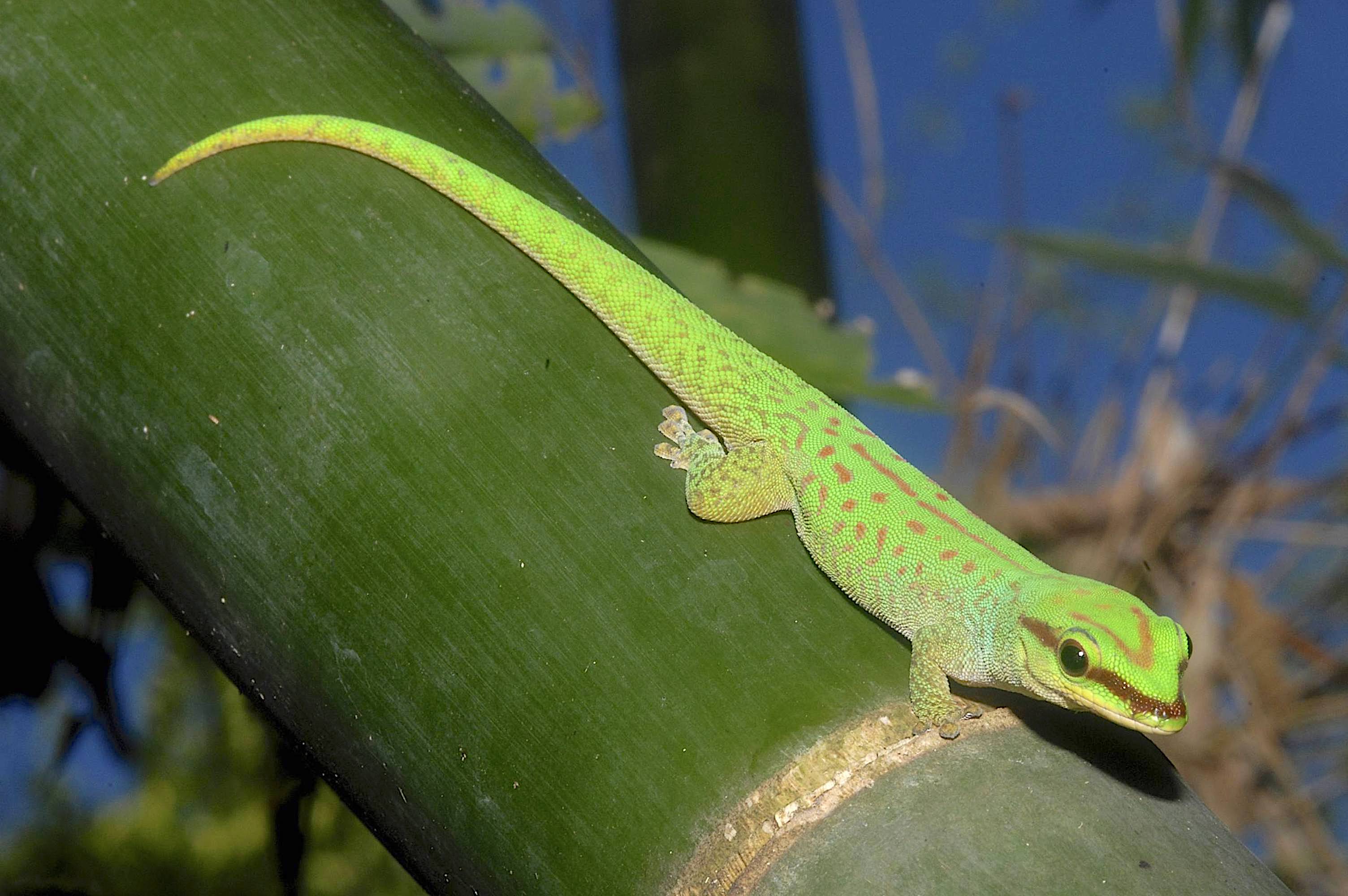

The Balanced Sun Seeker - Phelsuma seippi basking bamboo on Nosy Komba, Madagascar
Lighting Topics
Comprehensive UV Index Table
Reptiles and amphibians inhabit a diverse range of environments, each presenting unique challenges and opportunities for exposure to sunlight. This variation in sunlight exposure is critical for their thermoregulation, natural activities, and especially for many of their physiological and biological processes, including the synthesis of vitamin D3, calcium metabolism, boosting the immune system, and promoting a healthy appetite and digestion.
Sunlight, A Beacon of Life
Sunlight arrives at the top of the earth's atmosphere at a power level of about one kilowatt per square meter. It is by this energy that all life-processes on earth are ultimately driven. Without the sun's constant energy input our planet would quickly radiate away its own energy in short order, making all life extinct.
The Myth of Nocturnal Creatures and UVB Light
The belief that nocturnal animals don't require UVB exposure has been a long-standing one in the world of reptile and amphibian care. The argument, "It’s nocturnal—it doesn’t need UVB," has been a staple for many enthusiasts and breeders. However, recent scientific studies have begun to challenge this age-old notion, shedding light on the importance of UVB for all creatures, regardless of their diurnal patterns.
Understanding Ferguson Zones
The Ferguson Zones were developed in 2010 by Professor Gary Ferguson of the Texas Christian University. Ferguson and his team of herpetologists gathered data of the daily UV exposure of 15 species of reptiles. In the publication that followed, these 15 species were divided into four groups according to their thermoregulatory behaviour (daily sun exposure) and microhabitat preferences: the "Ferguson Zones". The corresponding UV guidelines were based on the average irradiance of randomly encountered wild specimens: Zone 1 with the least, to Zone 4 with the highest exposure.
Vitamin D3 and Reptiles: A Vital Connection
Vitamin D3 plays a vital role in the health and well-being of reptiles, much like it does in other animals. This hormone is integral to mineral metabolism and bone development in reptiles. One of its most significant roles is to enhance calcium absorption from the intestines. Without sufficient vitamin D3, reptiles couldn’t absorb dietary calcium efficiently, which is crucial for their skeletal health and overall well-being.
What is Light?
Sunlight arrives at the top of the earth's atmosphere at a power level of about one kilowatt per square meter. It is by this energy that all life-processes on earth are ultimately driven. Without the sun's constant energy input our planet would quickly radiate away its own energy in short order, making all life extinct.
What is UV-B?
UV-B stands for Ultraviolet B radiation, which is a type of ultraviolet radiation present in sunlight. Ultraviolet or UV light is a high energy portion of the electromagnetic spectrum, just beyond visible light. The UV-spectrum is divided into three wavelength groups.
Stay up on all things exo terra.
"*" indicates required fields

